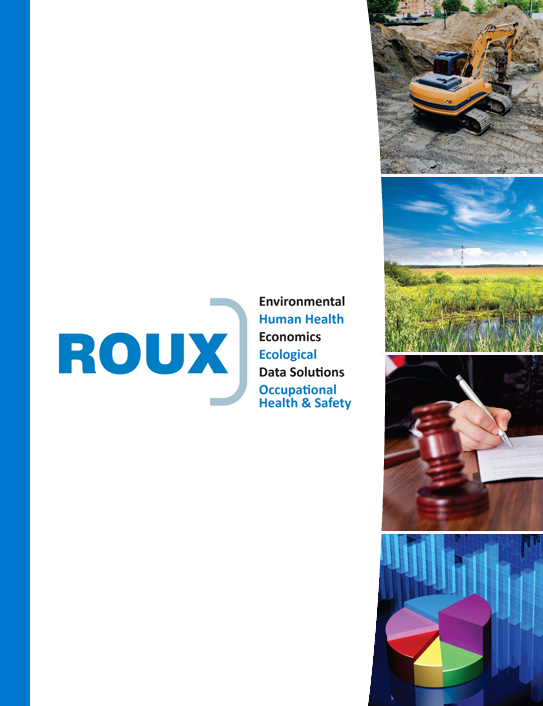CERCLA Enforcement Discretion Regarding PFOA and PFOS Hazardous Substances
On April 19, 2024, the United States Environmental Protection Agency (EPA) designated two PFAS compounds—PFOA and PFOS—as hazardous substances under the Comprehensive Environmental Response, Compensation, and Liability Act (CERCLA). This will allow the EPA to bring its full regulatory and legal power to bear on the cleanup for PFOA and PFOS contamination.
Easily missed in that major announcement was the simultaneous publication of an EPA memorandum titled PFAS Enforcement Discretion and Settlement Policy Under CERCLA.
Exempted Parties
In this enforcement memorandum, the EPA states that they do “not intend to pursue otherwise potentially responsible parties where equitable factors do not support seeking response actions or costs under CERCLA, including, but not limited to, the following entities:
- Community water systems and publicly owned treatment works (POTWs);
- Municipal separate storm sewer systems (MS4s);
- Publicly owned/operated municipal solid waste landfills;
- Publicly owned airports and local fire departments; and
- Farms where biosolids are applied to the land.”
Equitable Factors
The EPA then goes on to define equitable factors for consideration in an assessment of a party’s potential liability:
- Whether the entity is a state, local, or Tribal government, or works on behalf of or conducts a service that otherwise would be performed by a state, local, or Tribal government.
- Whether the entity performs a public service role in providing safe drinking water; handling of municipal solid waste; treating or managing stormwater or wastewater; disposing of, arranging for the disposal of, or reactivating pollution control residuals (e.g., municipal biosolids and activated carbon filters); ensuring beneficial application of products from the wastewater treatment process as a fertilizer substitute or soil conditioner; or performing emergency fire suppression services.
- Whether the entity manufactured PFAS or used PFAS as part of an industrial process.
- Whether, and to what degree, the entity is actively involved in the use, storage, treatment, transport, or disposal of PFAS.
Shielding Exempted Parties From Third-Party Liability
Most interestingly, the EPA also appears poised to attempt to utilize their enforcement and settlement discretion to aid the groups of exempted parties from third-party liability. The EPA states that they intend to pursue “major” parties—those “that have played a significant role in releasing or exacerbating the spread of PFAS into the environment, such as those who have manufactured PFAS or used PFAS in the manufacturing process.”
The EPA proposes to shield select exempted parties from “major” parties by:
- Entering into settlement agreements with “major” parties that “protect certain non-settling parties.” For example, the “EPA may secure a waiver of rights providing that the PFAS manufacturer cannot pursue contribution against certain non-settling parties to that settlement.”
- Entering into settlement agreement with parties the EPA does not intend to pursue. According to the EPA, “A party that resolves its liability through a CERCLA settlement with the United States will not be liable for third-party contribution claims. Non-settling PRPs will not be able to purse these settling parties.”
The EPA’s liability exemptions are not without limitations. For example, the EPA envisions pursuing any party, regardless of status, that “significantly contribute[d] to” or “exacerbate[d] the spread of significant quantities of PFAS contamination.” However, the EPA provides no definition of these terms, provides no examples of their application, and does not explain how they would be applied to otherwise exempted parties to alter the EPA’s opinion of a party’s exemption from enforcement.
What can Roux do to help?
The EPA attempting to shield certain parties not just from US government enforcement, but also from third-party liability, is a new paradigm. The determination of the extent of PFAS liability, parties that have contributed to that liability, and the extent of their contribution is going to be highly fact intensive.
Roux has a large team of scientists, economists, and engineers who know how to evaluate PFAS sources, contamination, and liability. We also know how to allocate complex liabilities, consider equitable factors, and quantify contribution claims. Please reach out to hear from one of our experts if you need help developing a strategy to manage PFAS liabilities in this ever-changing PFAS regulatory landscape.

